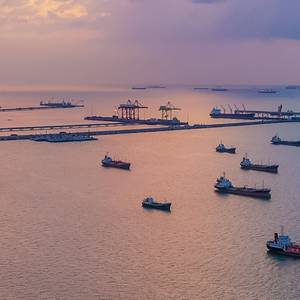
U.S. President Donald Trump signed an executive order on Wednesday aimed at reviving U.S. shipbuilding and reducing China's grip on the global shipping industry.Republican and Democratic U.S. lawmakers for years have warned about China's growing dominance on the seas and diminishing U.S. naval readiness.The order directs the U.S.
European Union marine fuel rules, effective from Jan. 1 as part of efforts to cut emissions, will raise shipping costs, although firms with vessels that can run on alternative fuels, such as biodiesel and LNG, will benefit, two shipbrokers said.The policy is the second major EU regulation focused on cutting the shipping industry's carbon emissions in as many years.
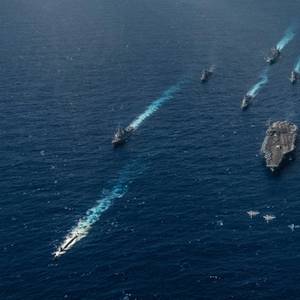
Norway said on Monday it would provide 2.7 billion crowns ($242 million) to strengthen the Ukrainian navy and help it deter Russian naval forces in the Black Sea.Much of the funding will go towards innovation and autonomy under the Maritime Capability Coalition, which Norway and Britain launched last year to make Ukraine's navy more compatible with Western allies, the government said.
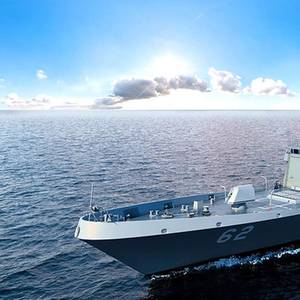
While the U.S. Navy’s first Constellation-Class Frigate (FFG 62) is under construction in the United States, Norway is showing serious interest in the guided-missile frigate, as well as bolstering its longstanding strategic partnership with America.Last week Norwegian Minister of Defence, Mr.
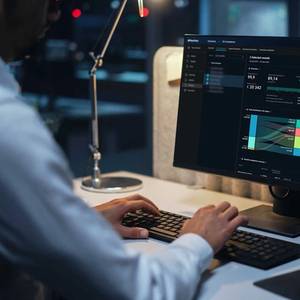
The regulatory landscape is about to get a whole lot more complicated, with the advent of FuelEU Maritime from January 1, 2025. This ambitious framework, focusing on the ‘well-to-wake’ GHG intensity of vessels trading within Europe, laughs in the face of traditional methods of calculating and tracking emissions, making Excel sheets strictly yesterday’s news.
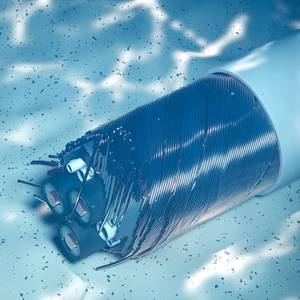
The US and Norway have agreed on further steps to increase the security of subsea infrastructure including better involvement of the private sector.The US and Nordic-Baltic countries, including Norway, have agreed to:• Harmonize and develop channels and procedures for sharing real-time situational awareness and incident information within national governments, across allies
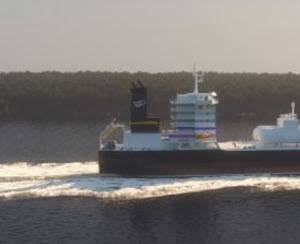
Provaris Energy has released preliminary results for meeting Europe’s Renewable Energy Directive II (RED II) emissions standards for its bulk hydrogen shipping concept based on its proprietary H2Neo carrier sailing between Norway and Germany.Implemented in December 2018, RED II sets stringent emissions standards aimed at fostering the use of renewable energy sources and reducing greenhouse gas